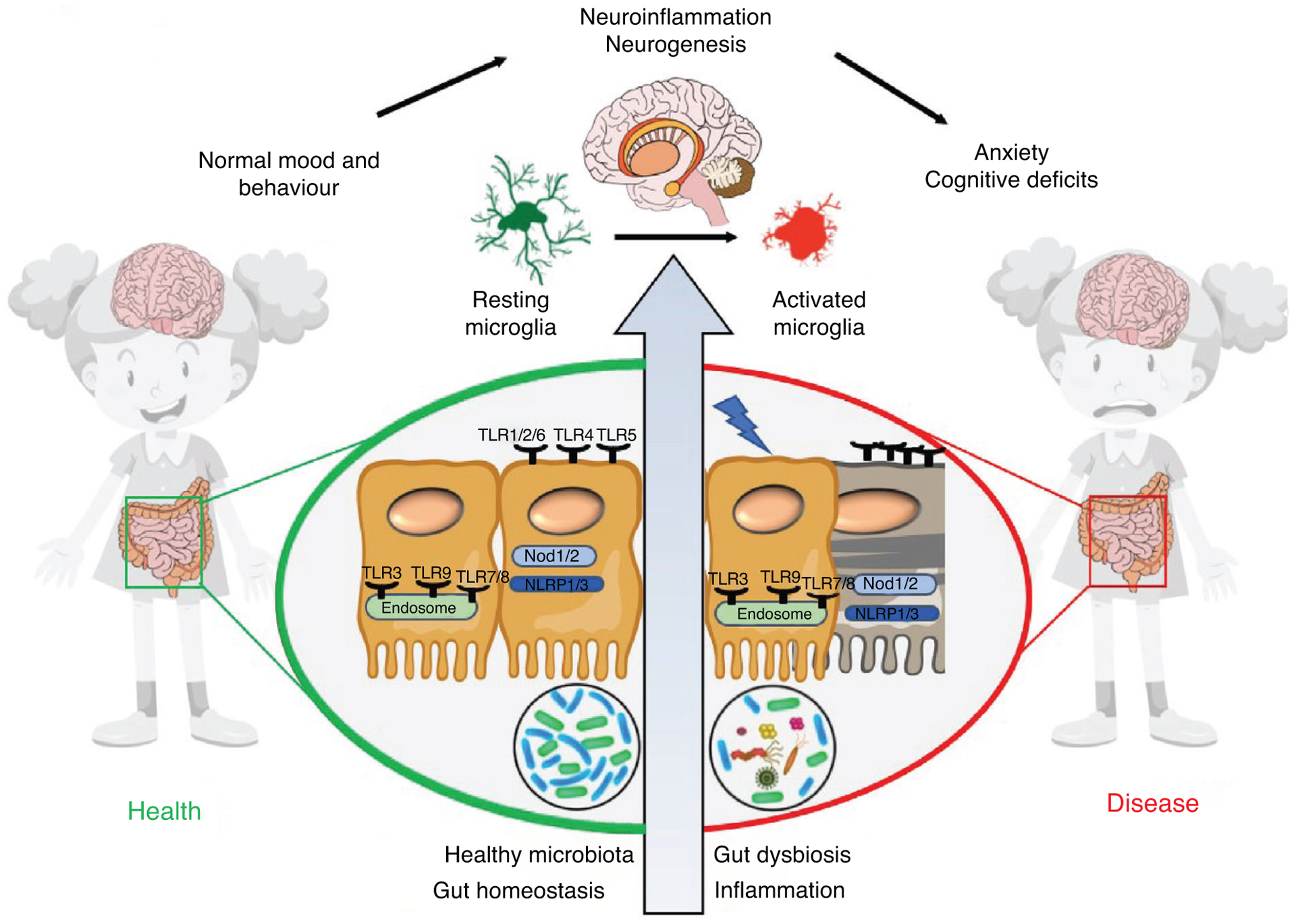Figure 1. The role of NLRs and TLRs in gut–brain signaling.

Under physiological conditions, host–microbe interactions maintain intestinal physiology via pattern recognition receptors (PRRs), including Nod-like receptors (NLRs) and Toll-like receptors (TLRs). In the brain, the PRRs regulate multiple cell types, including neurons, microglia and astrocytes. Dysbiosis, GI inflammation and neuroinflammation all contribute to diseases within the GI tract as well as in the brain. Understanding these pathways will provide new insight into disease pathogenesis and novel targets for restoration of physiology.
